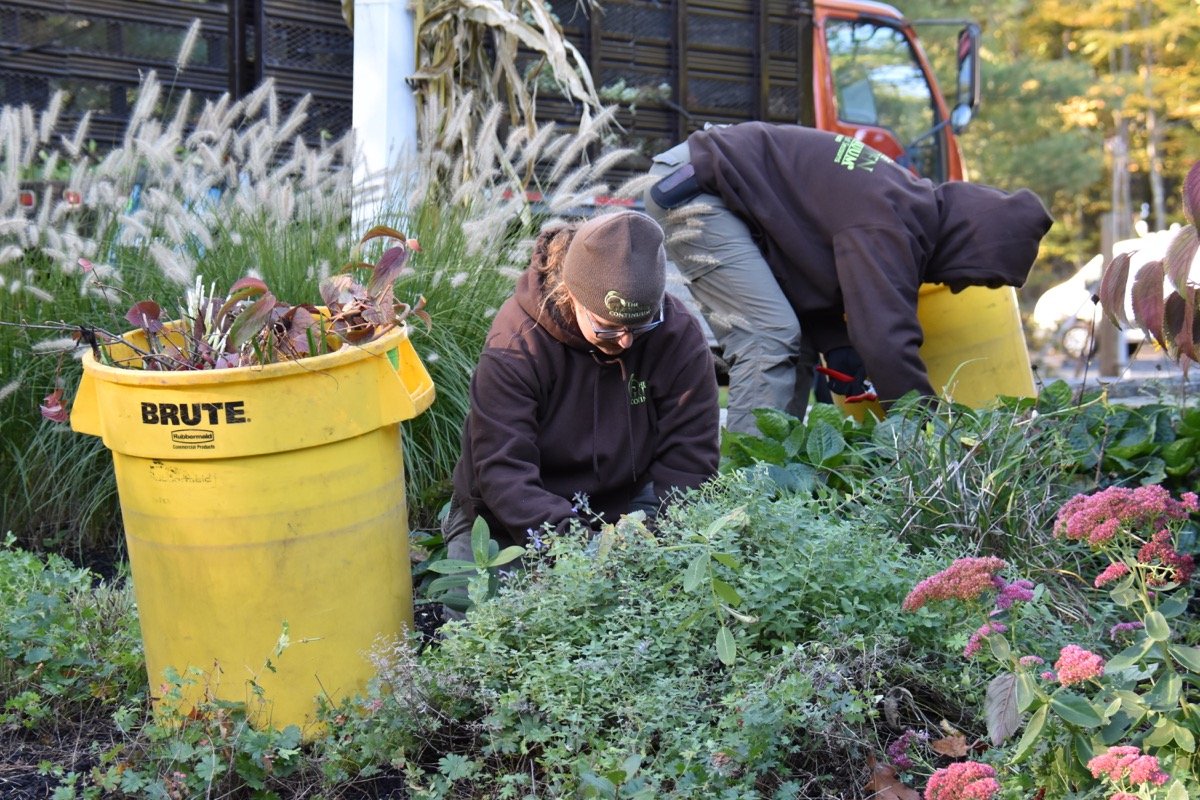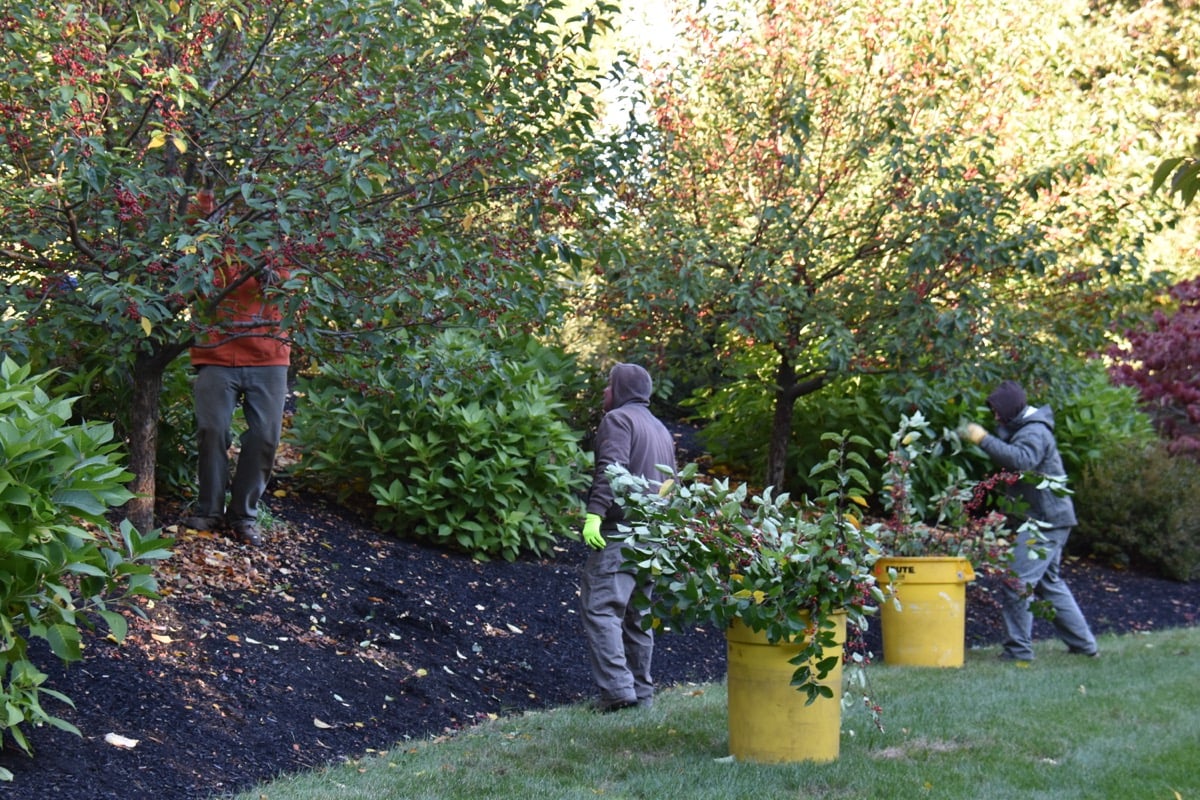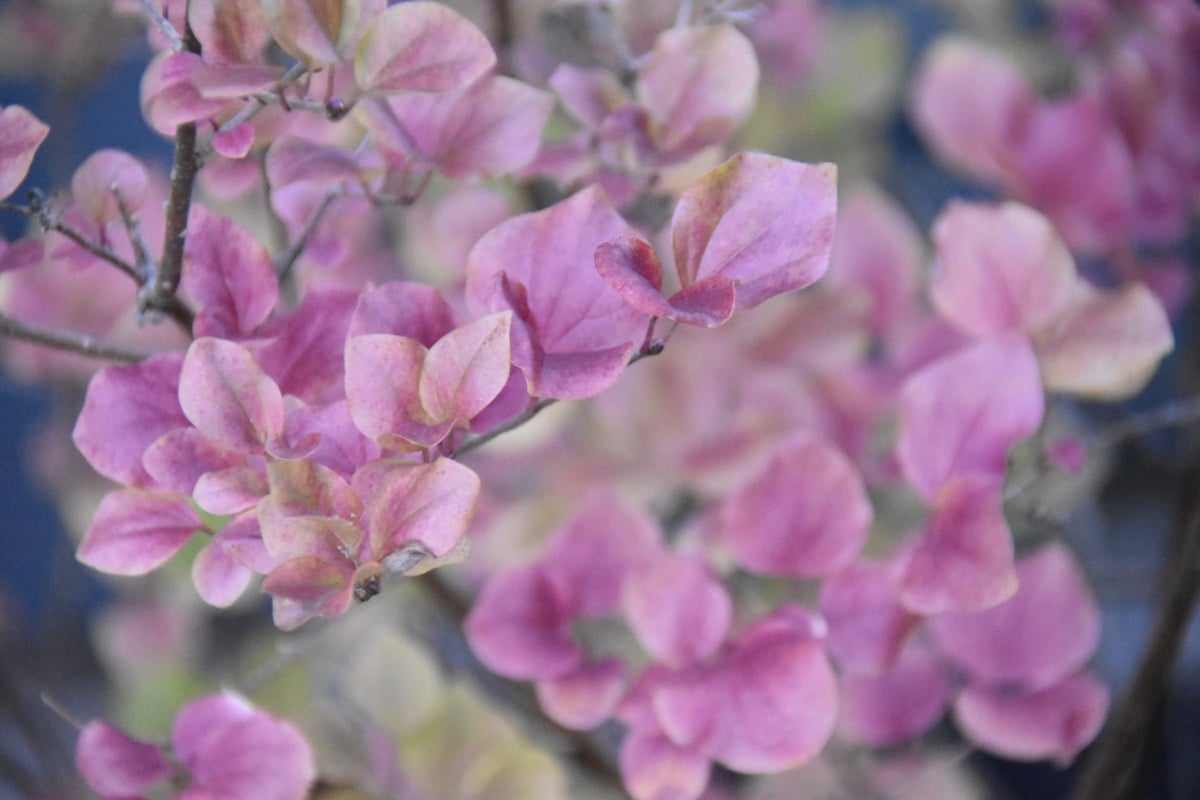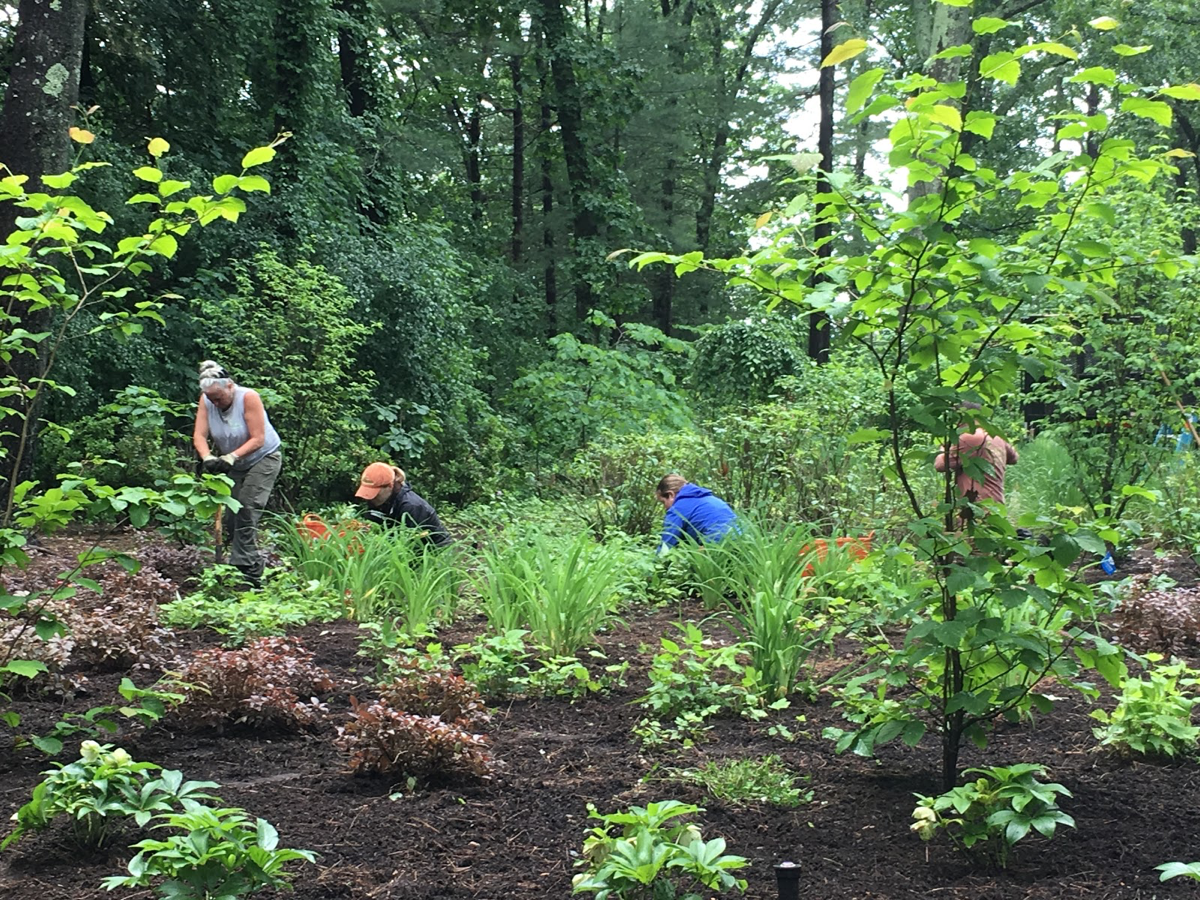It’s not uncommon for homeowners to fall out of love with their landscaping. Often, life seems to get in the way and doing “yard work” falls by the wayside as other things capture our time and attention. At best, some homeowners fall back on what we call “landscape maintenance” – completing only the most basic tasks necessary to keep wild and untamed nature in check.
Don’t get me wrong. Traditional landscape maintenance is important. It creates order out of chaos and keeps our property from reverting to wilderness. Traditional maintenance is conventional landscape care that maintains a status quo, season-to-season and year-to-year, and it doesn’t do much more than that. A conventional landscape tends to favor the uninteresting: same old shrubs we’ve seen time and time again, the same old patterns and combinations, same old boring look that doesn’t change with the seasons. A landscape that needs to be trimmed, pruned, weeded, mowed, just to see the same thing over and over again.

Focused care on perennial beds to keep them lush and beautiful
It’s time to consider the finer things available for your landscape
If you’re one of those people who has found yourself gripped by apathy when it comes to your landscape and its maintenance, it’s time you consider the alternative – Fine Gardening.
Let’s be clear: “Fine Gardening” is NOT a passive pursuit. No. It takes effort. Like any art form, its merits are connected to the attention we give it and the tools we use to develop it. In this case, Nature. Fine Gardening is all about the fine equilibrium between what nature wants to do and what you’d like to achieve in your landscape. It’s looking at horticultural performance within an ecological system. Rather than just chasing mess, we are meeting the landscape with a level of curiosity that has us asking an entirely different set of questions about our landscape and its organic components: What do I want to present through this landscape? Why is this disorganized and why is there not more color? Why is a plant behaving that way? We are looking for the answers in the elements of the ecological system.

Detailed pruning of an ornamental crabapple to keep shape and encourage bloom
To begin, there are five fundamental elements in an ecosystem:
It’s fitting that we end the list with the element that most people consider first. As odd as it may seem, it’s a mistake to select plants first because what succeeds or fails will be determined by the other elements of your ecosystem. Instead, it’s vital to lead with the ecosystem first and then follow with the plants.

Syringa meyeri 'Palibin' fall foliage color - Dwarf Korean Lilac
Think of it this way: if everyone in your household became ill with the same symptoms, wouldn’t it make sense to first look at the environment to see if there’s something within your home that’s making everyone sick, instead of simply treating the illness only to watch your loved ones get sick again? Of course, it does.

TWEETABLE TIP
Fine Gardening is NOT a passive pursuit. No. It takes effort. Like any art form, its merits are connected to the attention we give it and the tools we use to develop it. In this case, Nature.
VIA @GardenContinuum

Your landscape is the same way. Once you understand the ecological system you’ll be able to look at plants with an ecological eye and ask the right questions, such as “do they belong in this system and will the environment support them?” If the answer is ‘yes’ then you’ll know how to support the ecological system so the plant and environment will work well together.
Integrating Fine Gardening with traditional landscape maintenance will enable you to create and sustain a well-organized, healthy and beautiful home landscape that will not only make you proud but also restore your spirit and provide peace-of-mind. And with just a little effort, there’s a very good chance you’ll fall in love with your landscape again. Learn more about Fine Gardening by downloading the eBook titled "The Fine Gardeners Guide to a Beautiful and Luxurious Landscape" today.










Leave a comment